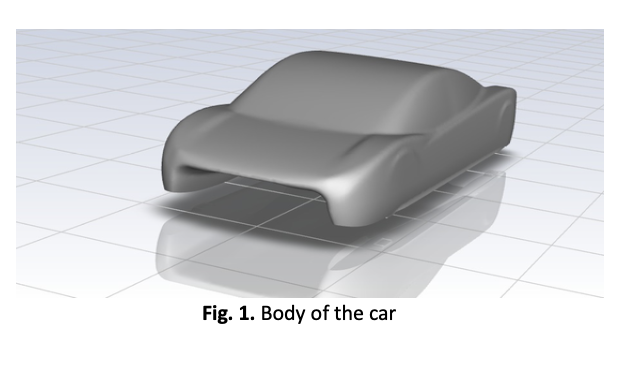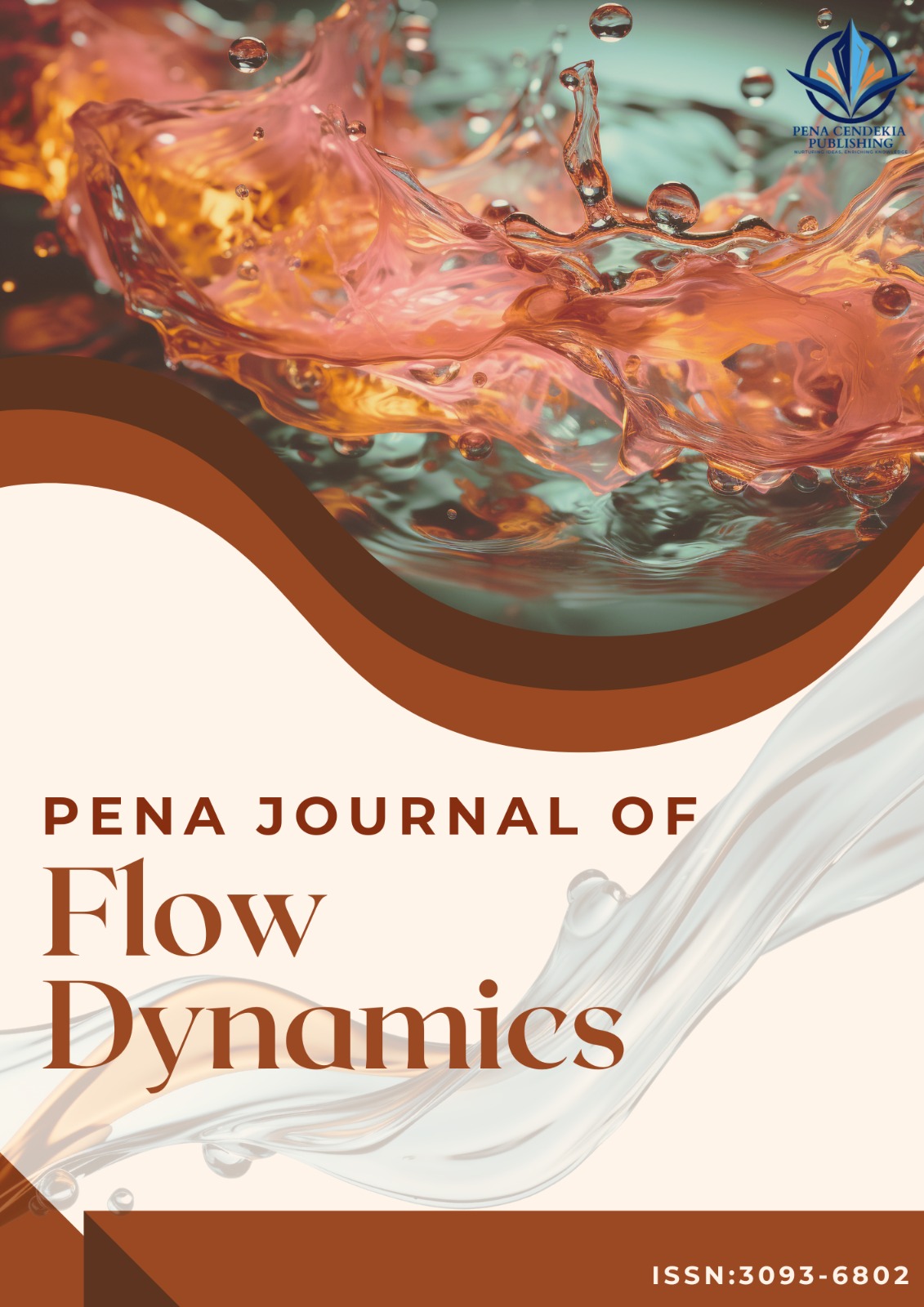Optimizing Aerodynamics in Solar Car Design: A Comprehensive CFD Study
Keywords:
Solar car, heat transfer, aerodynamics, energy efficiency, sustainable transportationAbstract
This study employs advanced Computational Fluid Dynamics (CFD) simulations and thermal modeling techniques to optimize heat transfer and aerodynamic design in solar car development. We conducted a series of simulations to assess the impact of various design configurations on the car's aerodynamic efficiency and thermal management under real-world operating conditions. The experiments involved varying body shapes, solar panel arrangements, and implementing different cooling strategies. The results demonstrated that optimizing the body shape can significantly reduce the drag coefficient from 0.28 to 0.22, translating to a 20% decrease in energy consumption at a constant speed of 60 km/h. Additionally, the thermal management strategies, including integrating heat sinks and active cooling systems, maintained the maximum temperature of the solar panels at 45°C, which improved energy conversion efficiency by 15% compared to conventional cooling setups. The optimized design achieved a maximum driving range of 120 km on a single full charge in sunny conditions, with solar energy conversion efficiency reaching 22%. This study presents a novel approach for integrating heat transfer management with aerodynamic design in solar cars, demonstrating that a multidisciplinary engineering strategy is essential for advancing solar vehicle technology. The computational methods developed provide a framework for future solar car designs, enhancing energy efficiency and sustainability in transportation solutions. The findings underline the critical interplay between heat transfer and aerodynamics, vital for the next generation of solar-powered vehicles.










